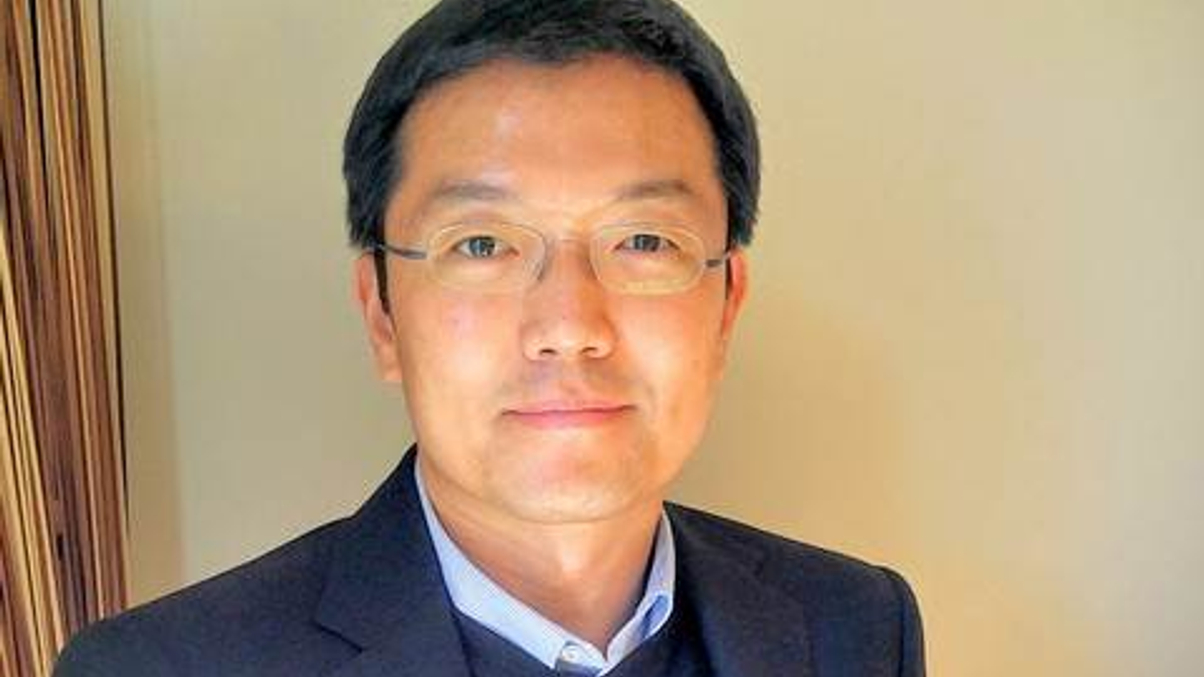Big investors “more reserved” on allocations
Kwan Yoon, general partner of venture capital firm BlueRun Ventures, discusses the environment for fundraising and exits, as he markets the manager's second Asia strategy.

BlueRun Ventures, a consumer technology-focused venture capital firm, is raising its second Asia-dedicated fund, BRV Lotus Fund II, with a target of $500 million and hard cap of $750 million, as reported. It doubled its headcount to 40 in 2015 and plans to add another 10 by the end of this year.
Sign in to read on!
Registered users get 2 free articles in 30 days.
Subscribers have full unlimited access to AsianInvestor
Not signed up? New users get 2 free articles per month, plus a 7-day unlimited free trial.
¬ Haymarket Media Limited. All rights reserved.


